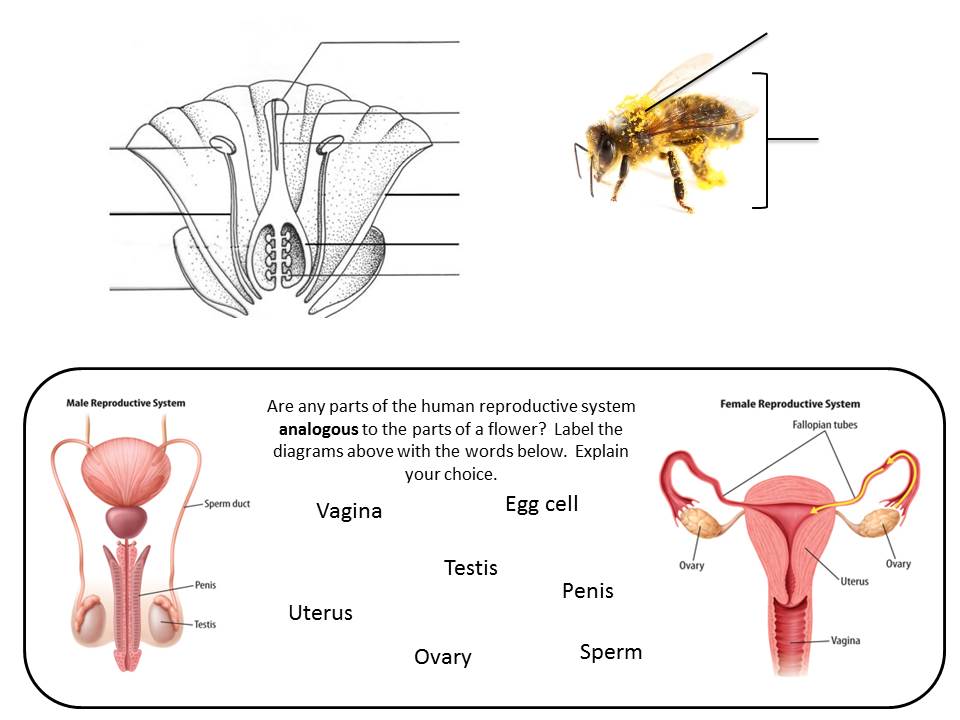Plant reproduction teaching resources
Worksheets and lesson ideas to challenge students aged 11 to 16 to think hard about plant reproduction (GCSE and Key Stage 3)
When teaching plant reproduction, spend time showing students that flowering plants can undergo sexual reproduction – they are not just asexual organisms! Comparing floral structures to human reproductive organs can help students appreciate that plants have sex too. This great video links may ideas of plant reproduction together to help students understand how apples are formed.
Reproduction in plants: a floral dissection
GCSE flower dissection worksheet. Students dissect a flower and stick each floral part onto the sheet. Review this old example of how to use the floral dissection practical in your lessons to see what the outcome will look like.
Further support on scientific drawings is available here on SAPS.
Do plants have sex?
GCSE worksheet to compare plant and human reproductive structures. Students match up analogous structures in the plant and human reproductive structures. The idea of this activity is to get students to appreciate that plants have sex and have specialised organs, just as humans do, to carry out the process of sexual reproduction. (PDF)
Insect and wind-pollinated flowers
GCSE worksheet on wind and insect pollinated flowers. Students use comparative language to compare pollination in wind and insect-pollinated flowers. Students use their knowledge to design a flower that is pollinated by a mouse. This resource was made in collaboration with Thomas Kitwood. (PDF)
Further reading
Lampert, P., Scheuch, M., Pany, P., Müllner, B. and Kiehn, M., 2019. Understanding students’ conceptions of plant reproduction to better teach plant biology in schools. Plants, People, Planet, 1(3), pp.248-260.
